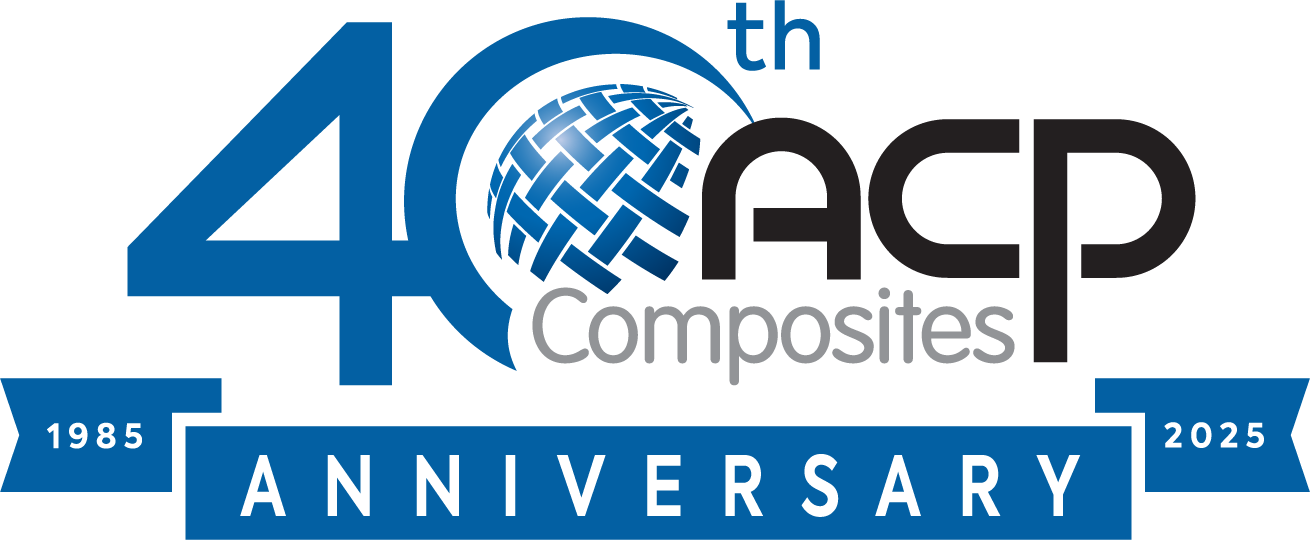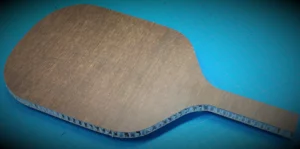In Northern California’s East Bay, AC Transit’s bus rapid transit (BRT) system recently received a beautiful makeover, thanks to a team of local artists, the community and ACP Composites.
The individualized station artwork within the Cultural Corridor/Urban Flow theme establishes multiple points of connection for the public as they move through these historically evolving neighborhoods along the BRT route.
Urban-flow is a way of thinking about the currents of history overlapping with the systems of built and natural environments – whose common characteristics are the process of flow. To capture this complex overlay of natural and urban flow, the BRT Artistic Enhancement project create a 9-mile text/poem composed with images and icons developed through intensive research and community workshops. At 7 enhanced stations along the route, the artistic handrail images flow into the station platform and layer with a cinematic visual pixilation of the environment and passengers created through reflective honeycomb panels on the windscreens of the stations.
While the artist team came up with the creative strategy for the Cultural Corridor/Urban Flow project, ACP Composites developed the technical solution. “ACP was involved in the engineering, design for manufacture, collaboration, troubleshooting, testing, logistics, storage and execution of the program on time and on budget,” said Justin Sparr, ACP Composites Chief Executive Officer.
“We built 255 unique solid aluminum handrail pieces. Each one was waterjet cut, painted, touched up, photographed, catalogued, stored and delivered. So that when the order was received, AC Transit knew exactly what sequence each piece went in and where they went on the route,” Sparr said.
ACP also built 49 reflective honeycomb panel windscreens. Each one is made from clear acrylic with five layers of anti-graffiti film. When the light shines on them, it creates a pixelated and diffused look. It was important that these station screens were translucent so that they would capture the moving passengers, passing clouds, traffic and illuminated signs – to create a cinematic live action play of light, shadow and movement.
“The BRT project, Cultural Corridor/Urban Flow, draws a ribbon winding through neighborhoods like a creek, a metaphor for the flow of people, culture, businesses, natural and urban environments along the corridor. As transportation systems are inherently linear this unfolding visual poem complements this exciting new bus line. What we were seeing and trying to capture is the diversity of the neighborhoods and the people. We who live in the East Bay know that what we are doing is broadening our love for the city to those passing by and those who live here,” said Johanna Poethig, Mildred Howard, Peter Richards and Joyce Hsu, artists for the BRT station artwork project.
The diverse neighborhoods along the BRT corridor serves 34 stations. The artwork that connects all the stations is a visual poem of images and words that tells the many rich and history-filled stories of the diverse neighborhoods along the BRT route. Downtown San Leandro, Elmhurst, Havenscourt-Lockwood, Fruitvale, San Antonio, Eastlake, Chinatown and Uptown/Downtown Oakland, are but a few of the neighborhoods along the BRT corridor.
“I am proud of the ACP Composites team for completing this project both ahead of schedule and on budget. [It was] a unique program for us to be involved in, but so perfectly highlights our machining, engineering, assembling and program management capabilities. Our solution came out exactly the way they wanted it,” said Sparr.




